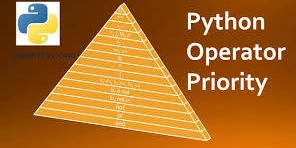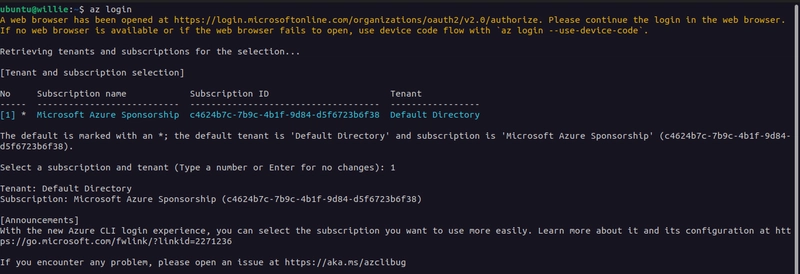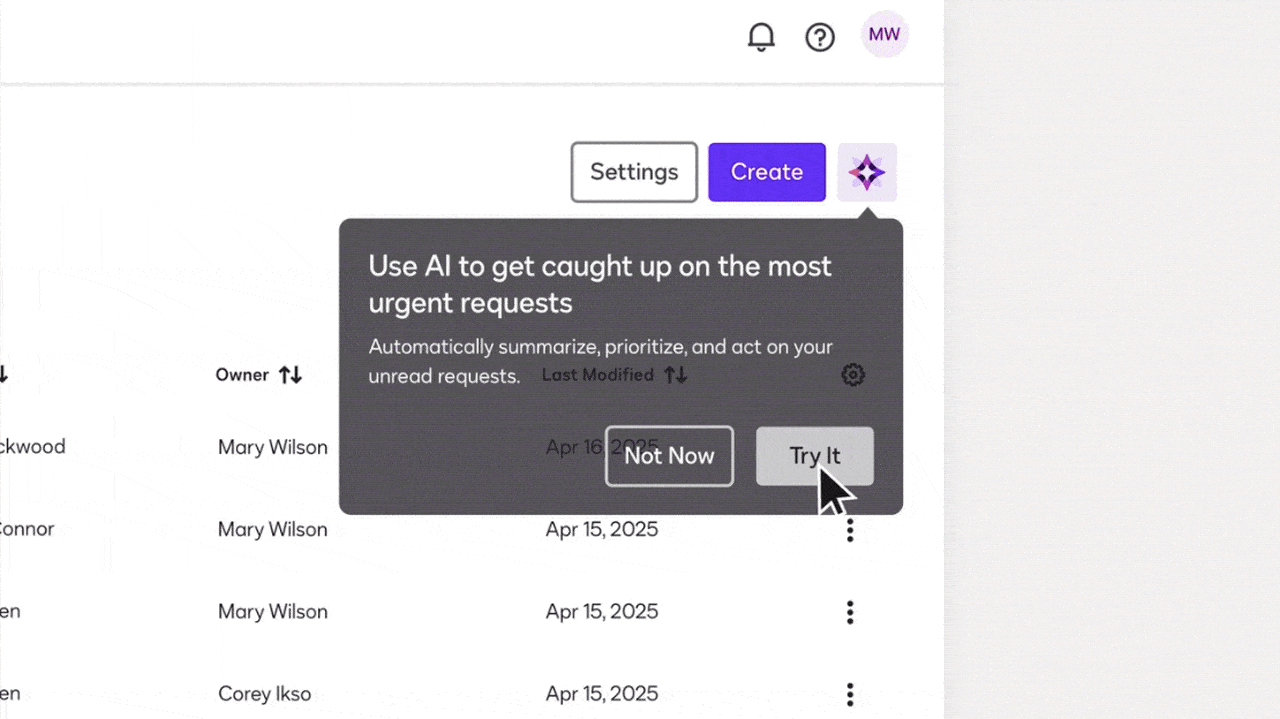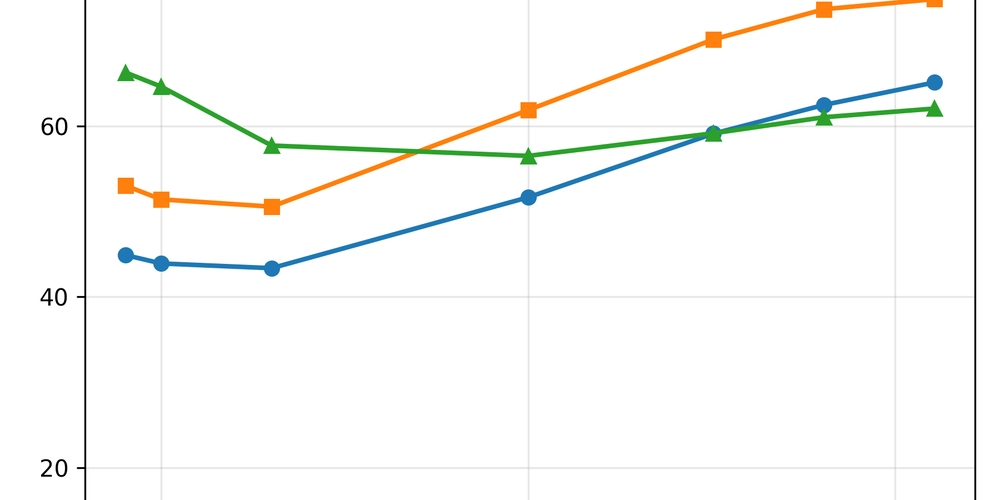Understanding Python Operator Precedence Made Easy
When writing Python code, understanding how different parts of an expression are evaluated is essential for producing accurate and predictable results. This is where Python operator precedence comes into play. While it might sound technical or intimidating at first, the concept is quite simple once broken down. By understanding how operator precedence works in Python, you'll avoid common errors and write more efficient, readable code. In this post, we’ll explore the fundamentals of Python operator precedence in an easy-to-digest way, helping you make sense of how Python evaluates expressions behind the scenes. What Is Python Operator Precedence? Every programming language has a set of rules that determines the order in which operations are performed in a complex expression. In Python, operator precedence defines the hierarchy of these operations. Simply put, when an expression contains multiple Python operators, Python follows specific rules to decide which operation to perform first. Think of operator precedence as the language’s way of prioritizing tasks. Just like you would pour coffee before adding sugar, Python has its own order when combining operations like addition, multiplication, comparison, and logical evaluation. Why Precedence Matters Imagine you're working with an expression that combines different types of operators, such as mathematical and logical ones. Without clear understanding of precedence, you might assume that Python will evaluate the expression from left to right — but that’s not always the case. Incorrect assumptions about operator precedence can lead to unexpected results. In more complex scenarios, such misunderstandings could cause logical errors, bugs, or even data inconsistencies. Mastering operator precedence not only helps you avoid these pitfalls but also enables you to write concise and accurate code. The Natural Hierarchy of Python Operators Python groups its operators into categories such as arithmetic, comparison, assignment, logical, bitwise, identity, and membership. Each of these categories contains operators that are evaluated in a specific order. Some of the highest-precedence operators are arithmetic ones like multiplication and division, while logical operators such as "and" and "or" typically have lower precedence. Understanding this natural hierarchy allows you to predict how an expression will be resolved without having to rewrite it or second-guess Python’s behavior. When in doubt, grouping expressions with parentheses is always a safe and readable way to enforce the order you intend. Associativity: The Tie-Breaker Rule In addition to precedence, associativity is another rule that comes into play when two operators have the same level of precedence. Associativity determines the direction in which operators of equal precedence are evaluated — either from left to right or right to left. For most Python operators, associativity is left-to-right. This means that if two operators share the same precedence level, Python evaluates them starting from the left. However, there are exceptions. Some operators, especially assignment-related ones, follow a right-to-left evaluation. Though associativity is often overlooked, it plays a crucial role when building layered expressions that involve the same types of operators. Parentheses: Your Best Friend If you’re ever unsure about how Python will evaluate a complex expression, there’s a simple solution: use parentheses. Parentheses override default operator precedence and explicitly define which parts of the expression should be evaluated first. Even when the rules of precedence are well understood, many developers choose to use parentheses for the sake of readability. They help others (and your future self) understand the logic of your code at a glance, reducing the risk of misinterpretation. In short, parentheses can serve as both a clarity booster and a safety net when dealing with multiple Python operators in a single expression. Common Mistakes with Python Operator Precedence One of the most common mistakes with Python operator precedence is assuming that expressions will evaluate in the order they appear. This is particularly tricky when mixing comparison and logical operators in the same line of code. Another frequent error is neglecting how assignment and compound assignment operators behave when used together. Because some of these operators don’t follow intuitive evaluation patterns, they can lead to subtle bugs if you’re not careful. Recognizing where mistakes are likely to happen helps you develop better habits and avoid costly missteps in your code. Real-World Benefits of Understanding Precedence While the concept of operator precedence might seem abstract at first, its practical benefits are real and immediate. Here are a few ways it can impact your coding life: Improved Debugging:

When writing Python code, understanding how different parts of an expression are evaluated is essential for producing accurate and predictable results. This is where Python operator precedence comes into play. While it might sound technical or intimidating at first, the concept is quite simple once broken down. By understanding how operator precedence works in Python, you'll avoid common errors and write more efficient, readable code.
In this post, we’ll explore the fundamentals of Python operator precedence in an easy-to-digest way, helping you make sense of how Python evaluates expressions behind the scenes.
What Is Python Operator Precedence?
Every programming language has a set of rules that determines the order in which operations are performed in a complex expression. In Python, operator precedence defines the hierarchy of these operations. Simply put, when an expression contains multiple Python operators, Python follows specific rules to decide which operation to perform first.
Think of operator precedence as the language’s way of prioritizing tasks. Just like you would pour coffee before adding sugar, Python has its own order when combining operations like addition, multiplication, comparison, and logical evaluation.
Why Precedence Matters
Imagine you're working with an expression that combines different types of operators, such as mathematical and logical ones. Without clear understanding of precedence, you might assume that Python will evaluate the expression from left to right — but that’s not always the case.
Incorrect assumptions about operator precedence can lead to unexpected results. In more complex scenarios, such misunderstandings could cause logical errors, bugs, or even data inconsistencies. Mastering operator precedence not only helps you avoid these pitfalls but also enables you to write concise and accurate code.
The Natural Hierarchy of Python Operators
Python groups its operators into categories such as arithmetic, comparison, assignment, logical, bitwise, identity, and membership. Each of these categories contains operators that are evaluated in a specific order. Some of the highest-precedence operators are arithmetic ones like multiplication and division, while logical operators such as "and" and "or" typically have lower precedence.
Understanding this natural hierarchy allows you to predict how an expression will be resolved without having to rewrite it or second-guess Python’s behavior. When in doubt, grouping expressions with parentheses is always a safe and readable way to enforce the order you intend.
Associativity: The Tie-Breaker Rule
In addition to precedence, associativity is another rule that comes into play when two operators have the same level of precedence. Associativity determines the direction in which operators of equal precedence are evaluated — either from left to right or right to left.
For most Python operators, associativity is left-to-right. This means that if two operators share the same precedence level, Python evaluates them starting from the left. However, there are exceptions. Some operators, especially assignment-related ones, follow a right-to-left evaluation.
Though associativity is often overlooked, it plays a crucial role when building layered expressions that involve the same types of operators.
Parentheses: Your Best Friend
If you’re ever unsure about how Python will evaluate a complex expression, there’s a simple solution: use parentheses. Parentheses override default operator precedence and explicitly define which parts of the expression should be evaluated first.
Even when the rules of precedence are well understood, many developers choose to use parentheses for the sake of readability. They help others (and your future self) understand the logic of your code at a glance, reducing the risk of misinterpretation.
In short, parentheses can serve as both a clarity booster and a safety net when dealing with multiple Python operators in a single expression.
Common Mistakes with Python Operator Precedence
One of the most common mistakes with Python operator precedence is assuming that expressions will evaluate in the order they appear. This is particularly tricky when mixing comparison and logical operators in the same line of code.
Another frequent error is neglecting how assignment and compound assignment operators behave when used together. Because some of these operators don’t follow intuitive evaluation patterns, they can lead to subtle bugs if you’re not careful.
Recognizing where mistakes are likely to happen helps you develop better habits and avoid costly missteps in your code.
Real-World Benefits of Understanding Precedence
While the concept of operator precedence might seem abstract at first, its practical benefits are real and immediate. Here are a few ways it can impact your coding life:
- Improved Debugging: When something doesn’t work as expected, knowing how Python interprets each part of an expression helps you track down the issue faster.
- Cleaner Code: A solid grasp of operator precedence lets you write more concise expressions without sacrificing accuracy or meaning.
- Better Performance: Writing expressions that are correctly structured can reduce unnecessary calculations, improving the efficiency of your program.
- Enhanced Collaboration: Clear and logical expressions make it easier for others to understand and maintain your code.
Final Thoughts
Understanding Python operator precedence is like learning the grammar of a new language. Once you know how sentences (or expressions) are structured, you can communicate your ideas clearly and confidently.
By familiarizing yourself with how Python prioritizes its operators, you’ll be able to avoid confusing results, write cleaner code, and think more like Python itself. It’s a small investment in knowledge that pays big dividends across every project you work on.
As you continue exploring Python, keep the concept of operator precedence in your toolkit. It’s one of those subtle skills that sets confident developers apart — and now that you’ve made it this far, it’s one more Python superpower in your hands.











































































































































































![[The AI Show Episode 144]: ChatGPT’s New Memory, Shopify CEO’s Leaked “AI First” Memo, Google Cloud Next Releases, o3 and o4-mini Coming Soon & Llama 4’s Rocky Launch](https://www.marketingaiinstitute.com/hubfs/ep%20144%20cover.png)




































































































































































































![Blue Archive tier list [April 2025]](https://media.pocketgamer.com/artwork/na-33404-1636469504/blue-archive-screenshot-2.jpg?#)































.png?#)









































.webp?#)

























































































![CVE security program used by Apple and others has funding removed [U]](https://i0.wp.com/9to5mac.com/wp-content/uploads/sites/6/2025/04/CVE-security-program-used-by-Apple-and-others-under-immediate-threat.jpg?resize=1200%2C628&quality=82&strip=all&ssl=1)















![Apple to Split Enterprise and Western Europe Roles as VP Exits [Report]](https://www.iclarified.com/images/news/97032/97032/97032-640.jpg)
![Nanoleaf Announces New Pegboard Desk Dock With Dual-Sided Lighting [Video]](https://www.iclarified.com/images/news/97030/97030/97030-640.jpg)

![Apple's Foldable iPhone May Cost Between $2100 and $2300 [Rumor]](https://www.iclarified.com/images/news/97028/97028/97028-640.jpg)


















![Daredevil Born Again season 1 ending explained: does [spoiler] show up, when does season 2 come out, and more Marvel questions answered](https://cdn.mos.cms.futurecdn.net/i8Lf25QWuSoxWKGxWMLaaA.jpg?#)
















































































































